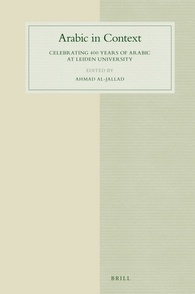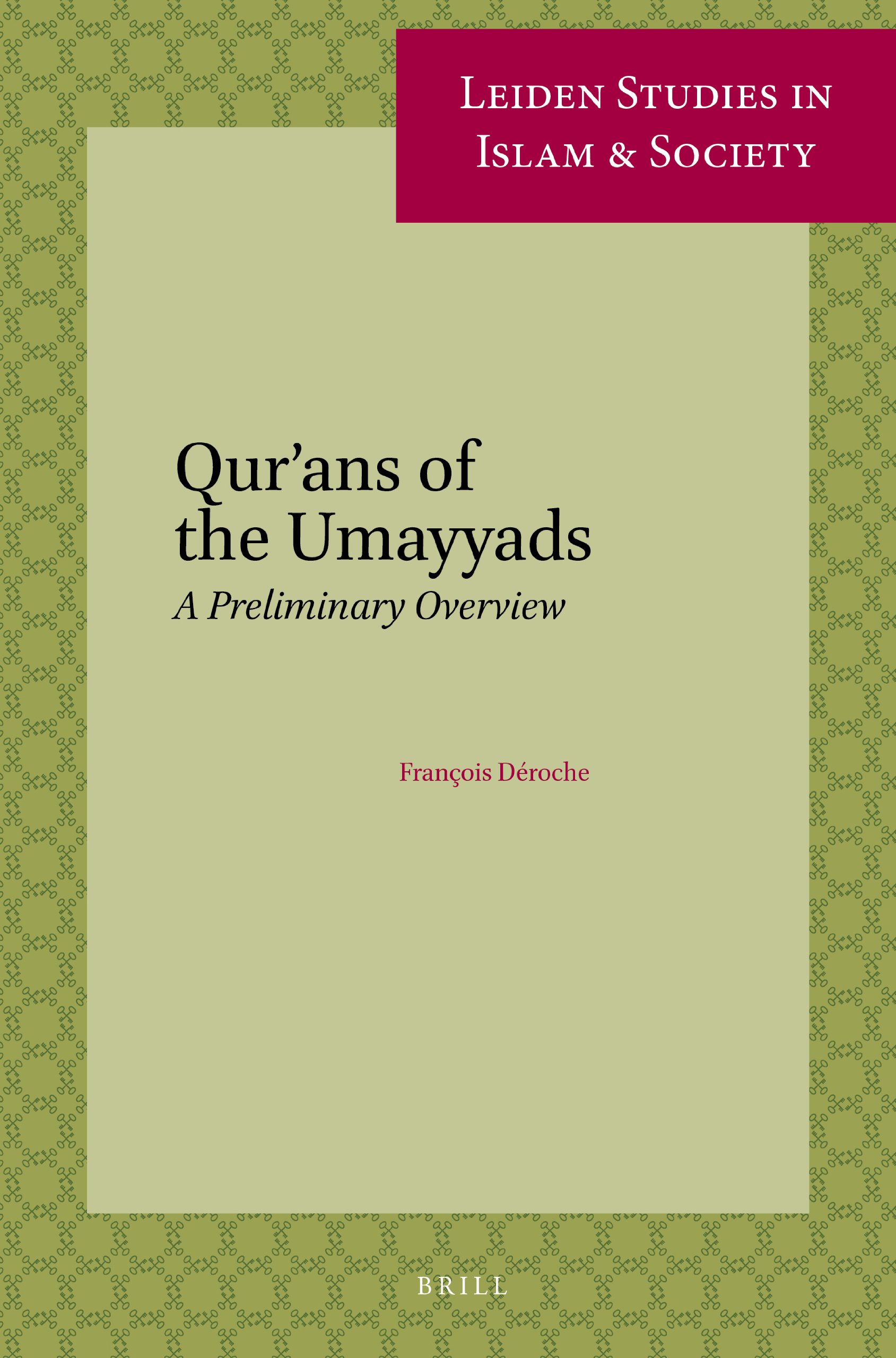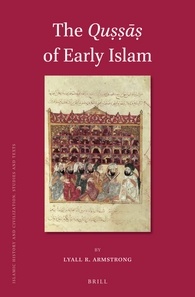Review of Qur’anic Research, Vol. 8 no.4 (2022)

In the latest installment of the Review of Qur’anic Research (Vol. 8, no.2), Holger Zellentin (University of Tübingen) reviews Simon P. Loynes’ Revelation in the Qur’an: A Semantic Study of the Roots n-z-l and w–ḥ-y (Leiden: Brilll, 2021).
 In the review, Zellentin writes “Simon P. Loynes’s monograph, Revelation in the Qur’an, is based on a 2019 PhD dissertation at the University of Edinburgh. In an introduction and six chapters, Loynes argues that the qurʾānic roots n-z-l and w-ḥ-y need to be more carefully distinguished than many translators and commentators tend to do…Loynes’ argument is simple only on the surface, yet the implications of this study for our understanding of the Qurʾān are profound, inviting a careful reconsideration of the Qurʾān’s concept of divine revelation. The volume’s argument is largely compelling, the scholarship flawless, the scope concise, and the presentation impeccable. Some epigraphic and comparative philological considerations, however, are left unexplored, and the study leaves me wanting to learn a bit more about the pagan Arabian as well as the Jewish and Christian context of the Qurʾān’s concepts of Scripture and divine communication…”
In the review, Zellentin writes “Simon P. Loynes’s monograph, Revelation in the Qur’an, is based on a 2019 PhD dissertation at the University of Edinburgh. In an introduction and six chapters, Loynes argues that the qurʾānic roots n-z-l and w-ḥ-y need to be more carefully distinguished than many translators and commentators tend to do…Loynes’ argument is simple only on the surface, yet the implications of this study for our understanding of the Qurʾān are profound, inviting a careful reconsideration of the Qurʾān’s concept of divine revelation. The volume’s argument is largely compelling, the scholarship flawless, the scope concise, and the presentation impeccable. Some epigraphic and comparative philological considerations, however, are left unexplored, and the study leaves me wanting to learn a bit more about the pagan Arabian as well as the Jewish and Christian context of the Qurʾān’s concepts of Scripture and divine communication…”
Want to read more? For full access to the Review of Qur’anic Research (RQR), members can log in HERE. Not an IQSA member? Join today to enjoy RQR and additional member benefits!
© International Qur’anic Studies Association, 2022. All rights reserved.

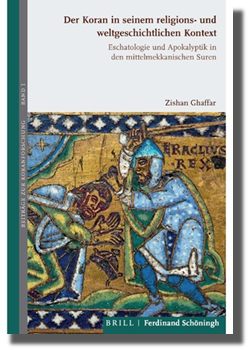 In the review, Zellentin writes “In Ghaffar’s view, the Qurʾān retells and transforms many of the historical and eschatological narratives circulating at its time, and especially those suggesting or even explicating the messianic role of Byzantine Emperor Heraclius, who ruled 610–641 CE. Instead of prevalent messianic and apocalyptic imperial ideologies, according to Ghaffar, the middle Meccan sūrahs – in arguable contrast to the later Medinan ones – offer a theology of individual piety and divine mercy that portrays the only relevant eschatological battle between good and evil as occurring within each individual, rather than on the world stage…”
In the review, Zellentin writes “In Ghaffar’s view, the Qurʾān retells and transforms many of the historical and eschatological narratives circulating at its time, and especially those suggesting or even explicating the messianic role of Byzantine Emperor Heraclius, who ruled 610–641 CE. Instead of prevalent messianic and apocalyptic imperial ideologies, according to Ghaffar, the middle Meccan sūrahs – in arguable contrast to the later Medinan ones – offer a theology of individual piety and divine mercy that portrays the only relevant eschatological battle between good and evil as occurring within each individual, rather than on the world stage…”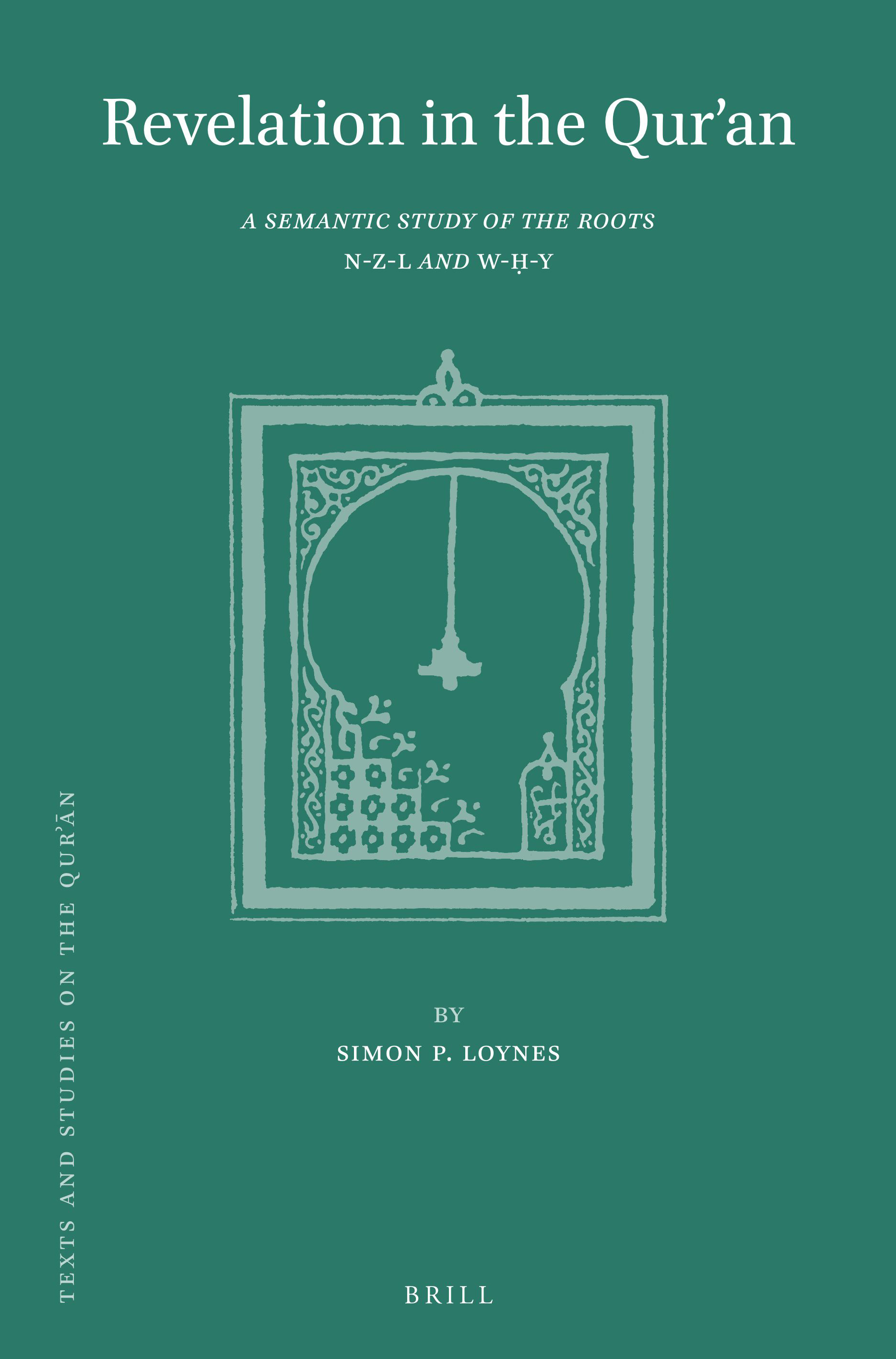 Description
Description
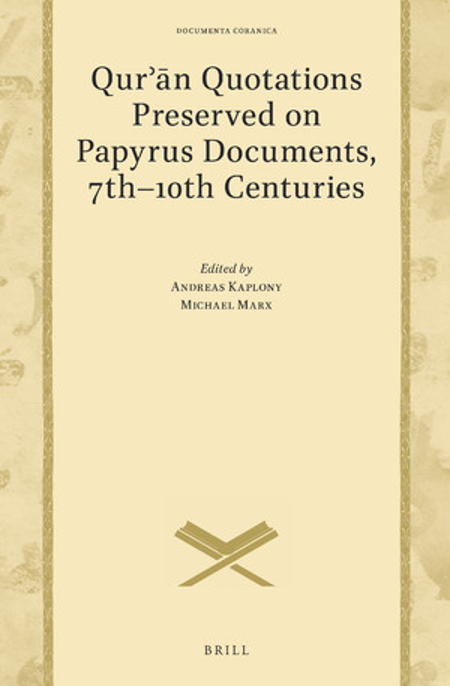 Publisher’s Overview: Qurʾān Quotations Preserved on Papyrus Documents, 7th-10th Centuries is the first book on the Qurʾān’s Sitz im Leben, i.e. on how the Qurʾān was quoted in Arabic original letters, legal deeds, and amulets. Qurʾān Quotations also serves as an in-depth exploration of the radiocarbon dating of documents and Qurʾānic manuscripts.
Publisher’s Overview: Qurʾān Quotations Preserved on Papyrus Documents, 7th-10th Centuries is the first book on the Qurʾān’s Sitz im Leben, i.e. on how the Qurʾān was quoted in Arabic original letters, legal deeds, and amulets. Qurʾān Quotations also serves as an in-depth exploration of the radiocarbon dating of documents and Qurʾānic manuscripts. Brill
Brill 
